Have you ever noticed that a natural conversation flows like a dance—pauses, emphases, and turns arriving just in time? A new study has discovered that this isn’t just intuition; there is a biological rhythm embedded in our speech.
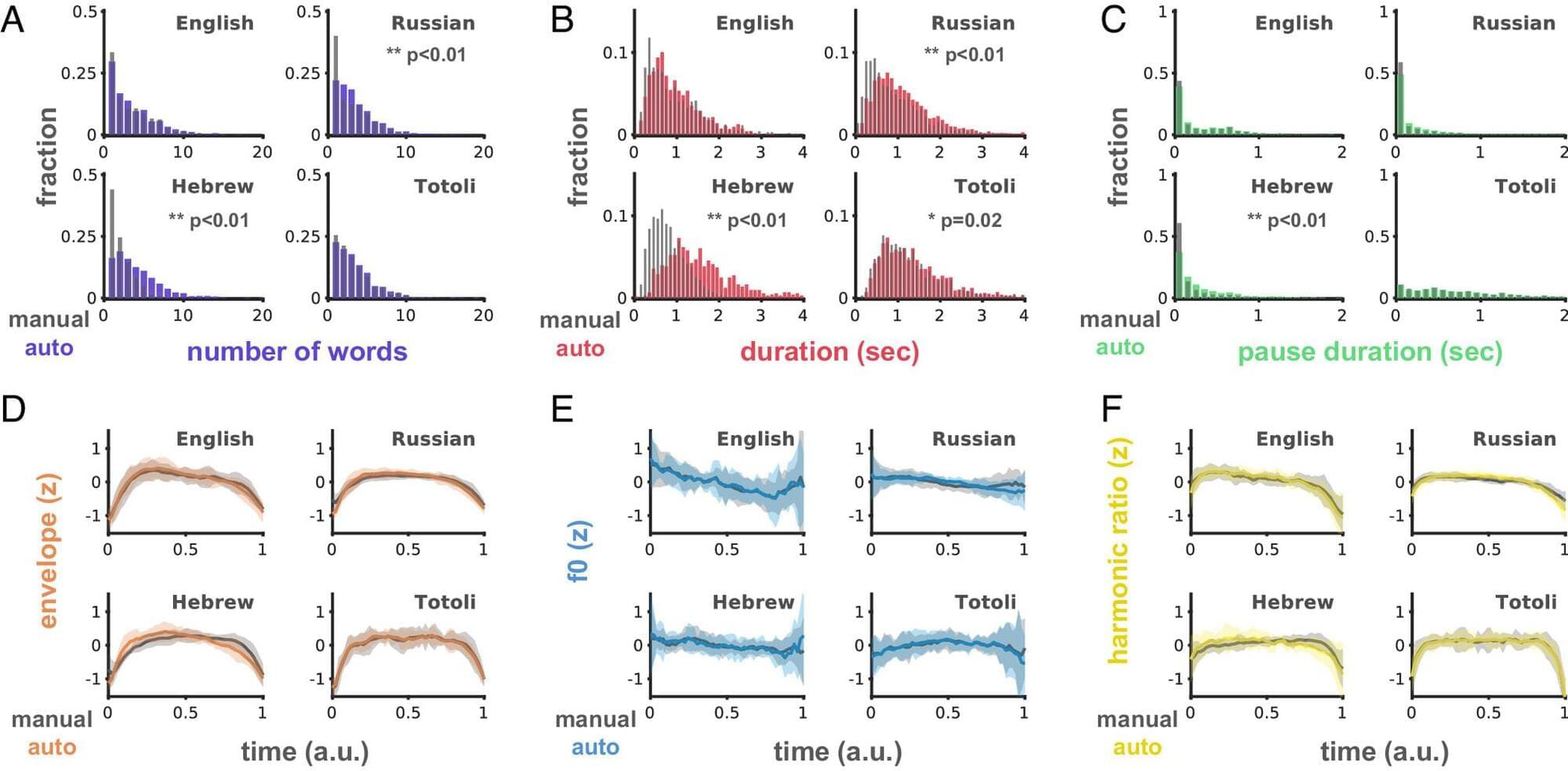


Everyone who ever took a photo knows the problem: if you want a detailed image, you need a lot of light. In microscopy, however, too much light is often harmful to the sample—for example, when imaging sensitive biological structures or investigating quantum particles. The aim is therefore to gather as much information as possible about the object under observation with a given amount of light.
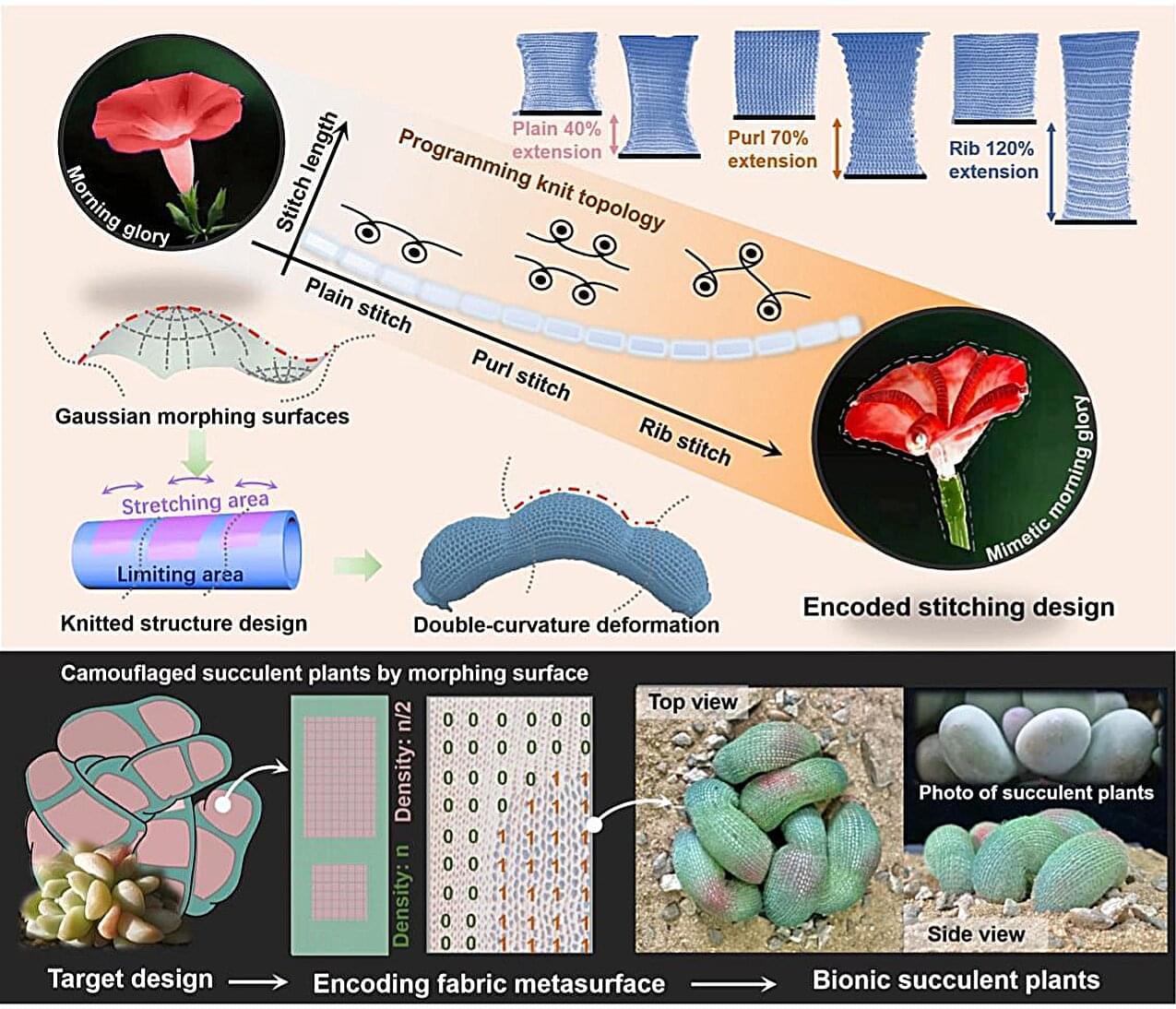
Nature, particularly humans and other animals, has always been among the primary sources of inspiration for roboticists. In fact, most existing robots physically resemble specific animals and/or are engineered to tackle tasks by emulating the actions, movements and behaviors of specific species.
One innate ability of some animals that has so far been seldom replicated in robots is shape morphing and camouflaging. Some living organisms, including some insects, octopuses and chameleons, are known to reversibly change their appearance, form and shape in response to their surroundings, whether to hide from predators, move objects or simply while moving in specific environments.
Researchers at Jiangnan University, Technical University of Dresden, Laurentian University and the Shanghai International Fashion Education Center recently designed new flexible and programmable textile metasurfaces that could be used to develop robots exhibiting similar morphing and camouflaging capabilities. These materials, introduced in a paper published in Advanced Fiber Materials, essentially consist of knitted structures that can be carefully engineered by adapting the geometric arrangement of their underlying interlaced yarn loops.
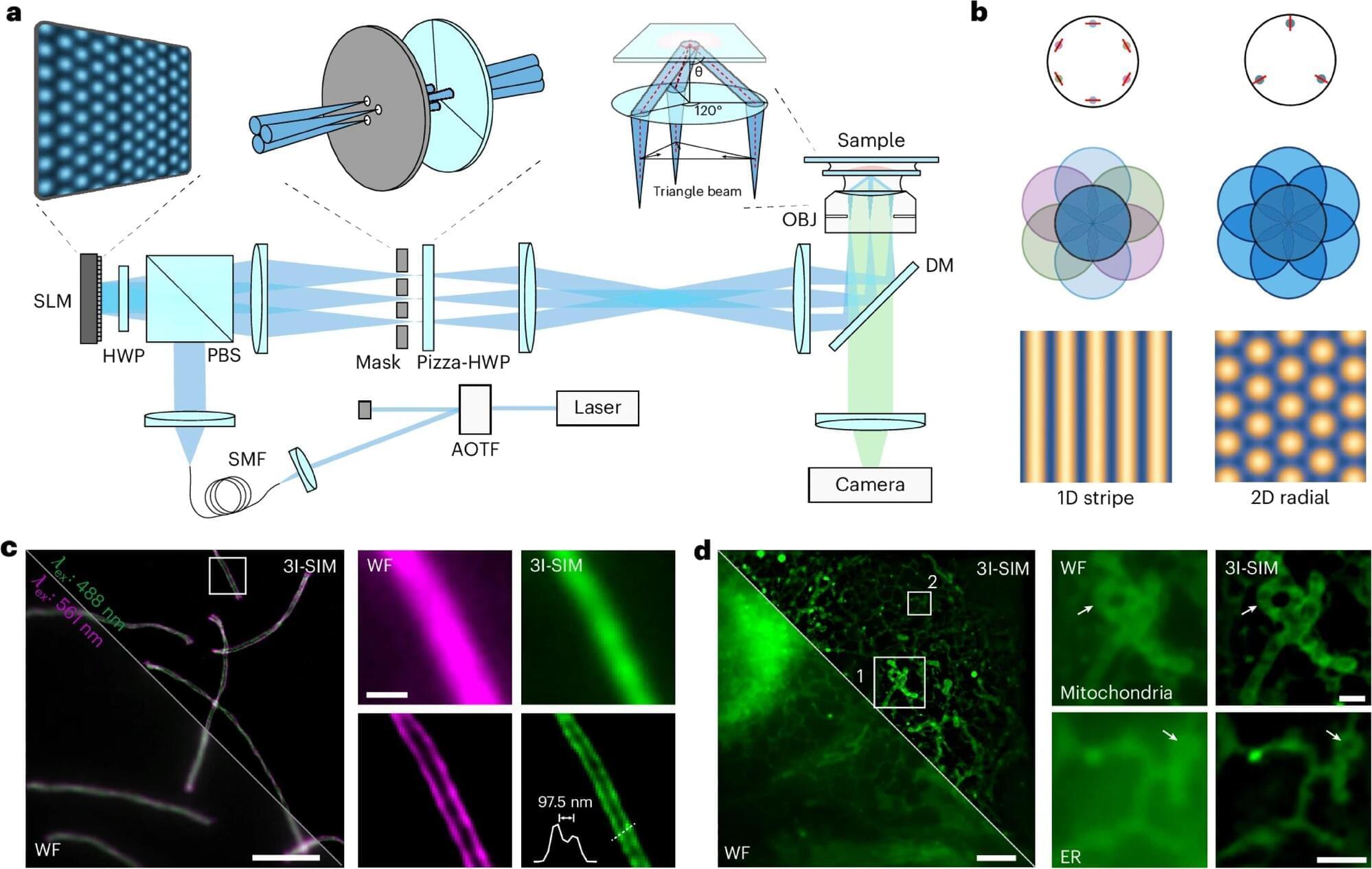
Structured illumination microscopy (SIM) is the most preferable system for live-cell super-resolution imaging. It enables the observation of intricate subcellular dynamics. However, conventional SIM has long relied on the complex rotation of one-dimensional stripe illumination at three angles, requiring nine exposures to reconstruct a uniform super-resolution image. This greatly hinders imaging speed and causes unnecessary photobleaching, limiting the available information flux in live-cell imaging.
Professor Xi Peng’s team from the College of Future Technology at Peking University has developed a triangle-beam interference SIM (3I-SIM) that enables gentler, sustained super-resolution live-cell imaging. This novel method upgrades the super-resolution imaging to an unprecedented kilo-Hz speed and half-day-long duration, enabling the study of complex and rapid biological processes with higher data throughput.
The work is published in Nature Photonics.
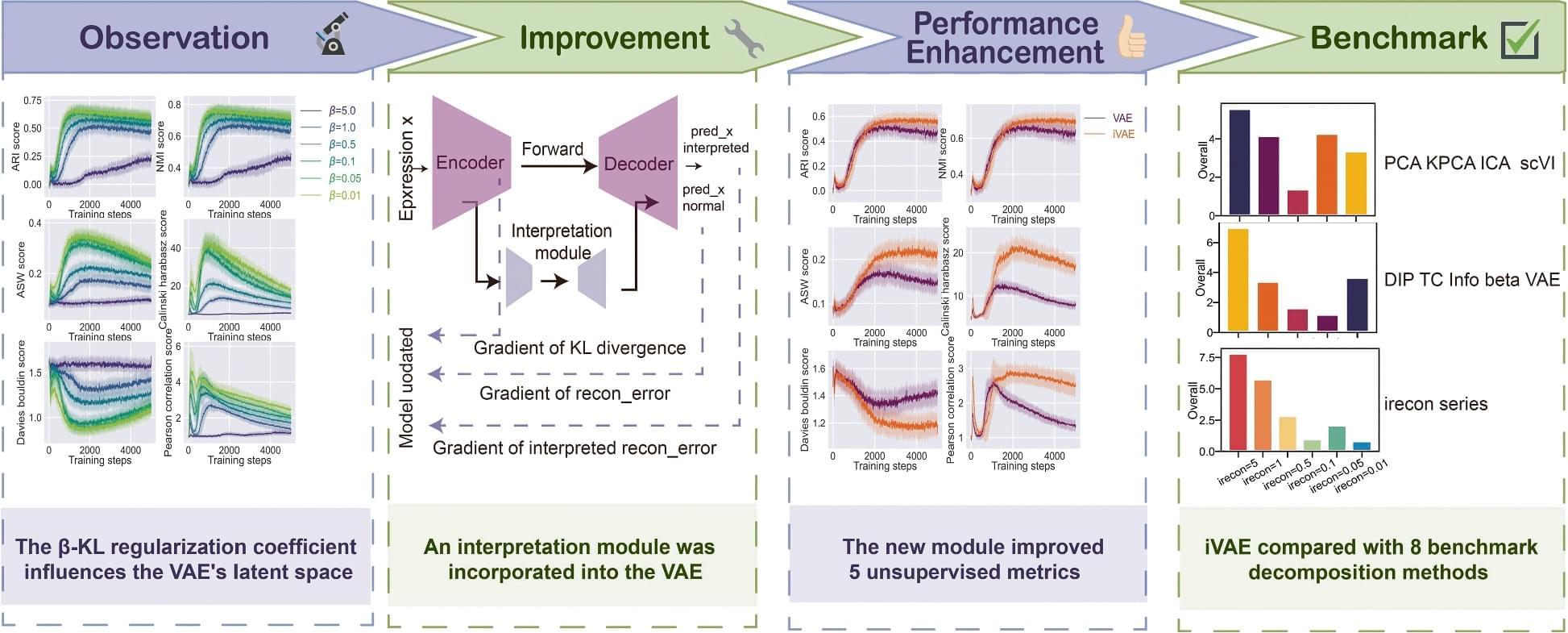
Variational autoencoders (VAEs) serve as essential components in large generative models for extracting latent representations and have gained widespread application in biological domains. Developing VAEs specifically tailored to the unique characteristics of biological data is crucial for advancing future large-scale biological models.
Through systematic monitoring of VAE training processes across 31 public single-cell datasets spanning oncological and normal conditions, we discovered that reducing the β β value which corresponds to lower disentanglement of VAE significantly improves unsupervised clustering metrics in single-cell data analysis. Based on this finding, we innovatively developed iVAE with an irecon module that, when benchmarked against 8 established dimensionality reduction methods across 5 clustering performance metrics, exhibited superior capabilities in representing single-cell transcriptomic data.
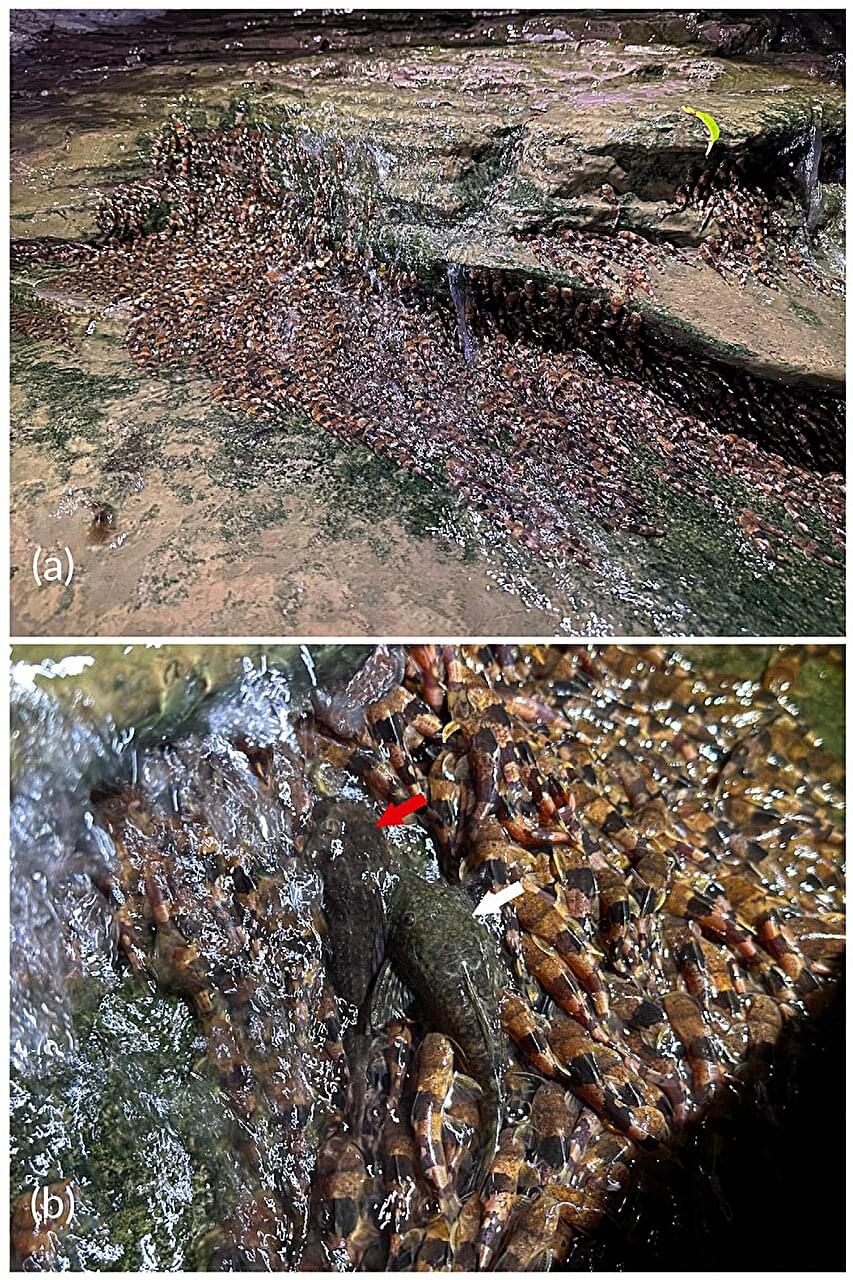
Nature often puts on incredible displays. A recent example caught on camera shows thousands of bumblebee catfish (Rhyacoglanis paranensis) climbing waterfalls in southern Brazil. This is the first time the species has been observed in such a large group and climbing, according to a study published in the Journal of Fish Biology describing the spectacle.
Environmental Military Police from Mato Grosso do Sul State spotted the catfish scaling slippery rocks between one and four meters high behind waterfalls on the Aquidauana River. The sighting occurred in November 2024 at the beginning of the rainy season, and a week later, a team of Brazilian scientists arrived to document the event.
They observed that the catfish’s climbing behavior depended on the time of day. During the hot afternoons, the fish sheltered under rocks and in shaded areas. They began climbing in the early evening as the sun was setting. The researchers also studied how the fish are able to climb. They keep their paired fins wide open and use lateral and caudal movements to push themselves forward. Scientists believe this is also aided by a suction mechanism that helps them stick to flat surfaces.
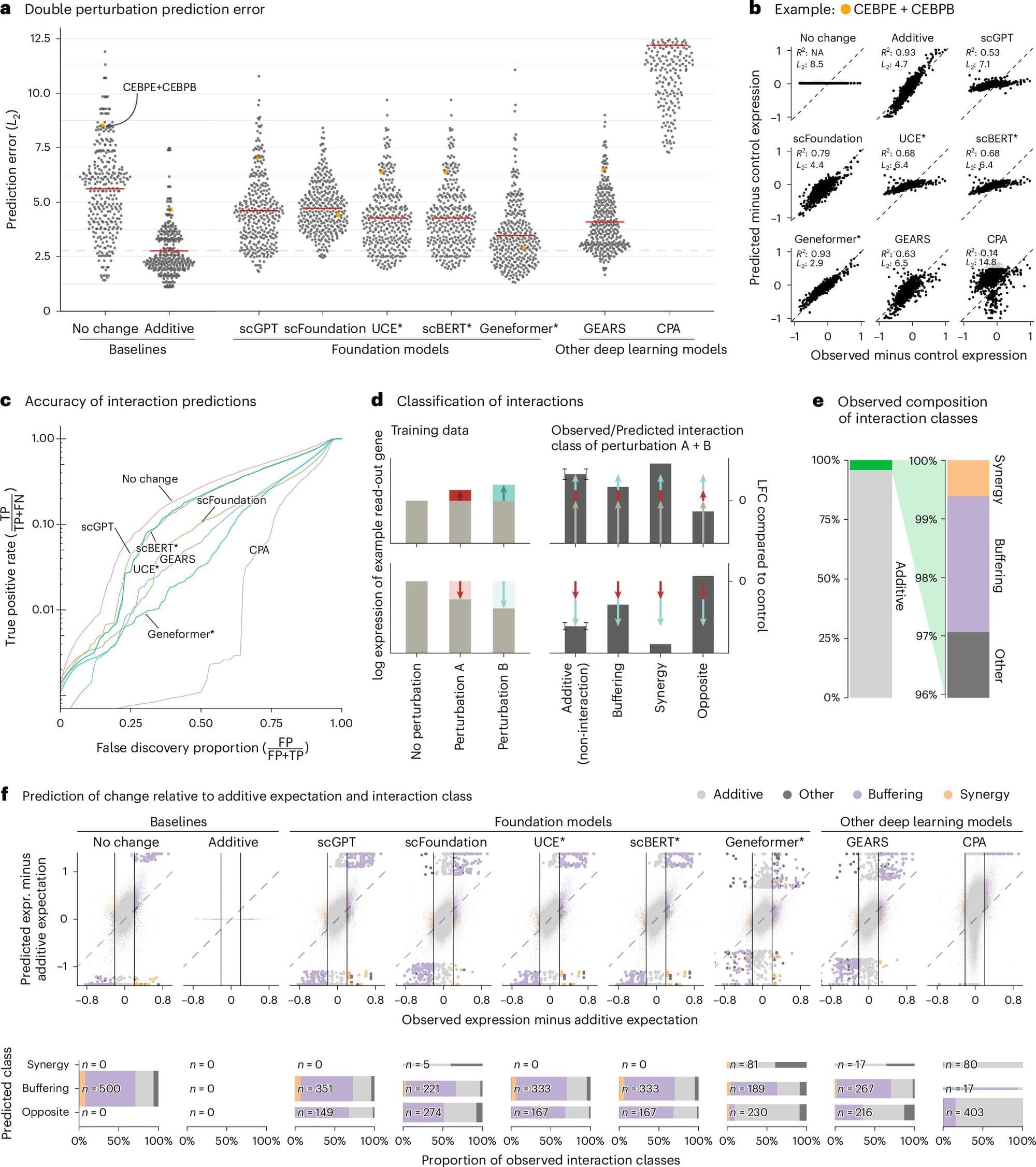
A Death Doula’s Guide to Consciousness After Death with Mayim & Jonathan.
In this powerful and emotional Mayim Bialik’s Breakdown episode, licensed end-of-life counselor and death doula Dr. Martha Jo Atkins explores consciousness after death and what truly happens when we die. Drawing on decades of guiding people through their final moments, she reveals the spiritual, biological, emotional, and psychological changes that occur when consciousness leaves the body—offering profound insights into life after death and the mysteries of the dying process.
You’ll hear jaw-dropping stories of deathbed visions, including dream shifts, visits from deceased loved ones, and shared death experiences where relatives actually feel what the dying person is experiencing. Dr. Atkins shares what she’s witnessed that made her believe in the afterlife, what understanding death can teach us about living, and her own supernatural encounters—from speaking to deceased loved ones in dreams to eerie hospice hauntings.
Dr. Atkins also breaks down:
- Why we’re so afraid to talk about death—and how doing so makes us more human.
- How sensory perception shifts as people begin to let go, and the signs that death is near.
- The difference between a natural death and dying before your time—and what that means for the soul’s journey.
- Could Ketamine-Assisted Psychotherapy help us process grief in healthier ways?
- Why presence matters most in a loved one’s final days.
- How our treatment of elders reflects our values as a society, and why end-of-life care matters deeply.
Plus, Mayim opens up about the raw, painful, yet beautiful experience of caregiving for her father in his final days.
Whether you’re grieving, caregiving, or simply seeking answers to what happens when we die, or wondering what leaves the body when we die, this episode offers rare wisdom and comfort for life’s most inevitable transition.
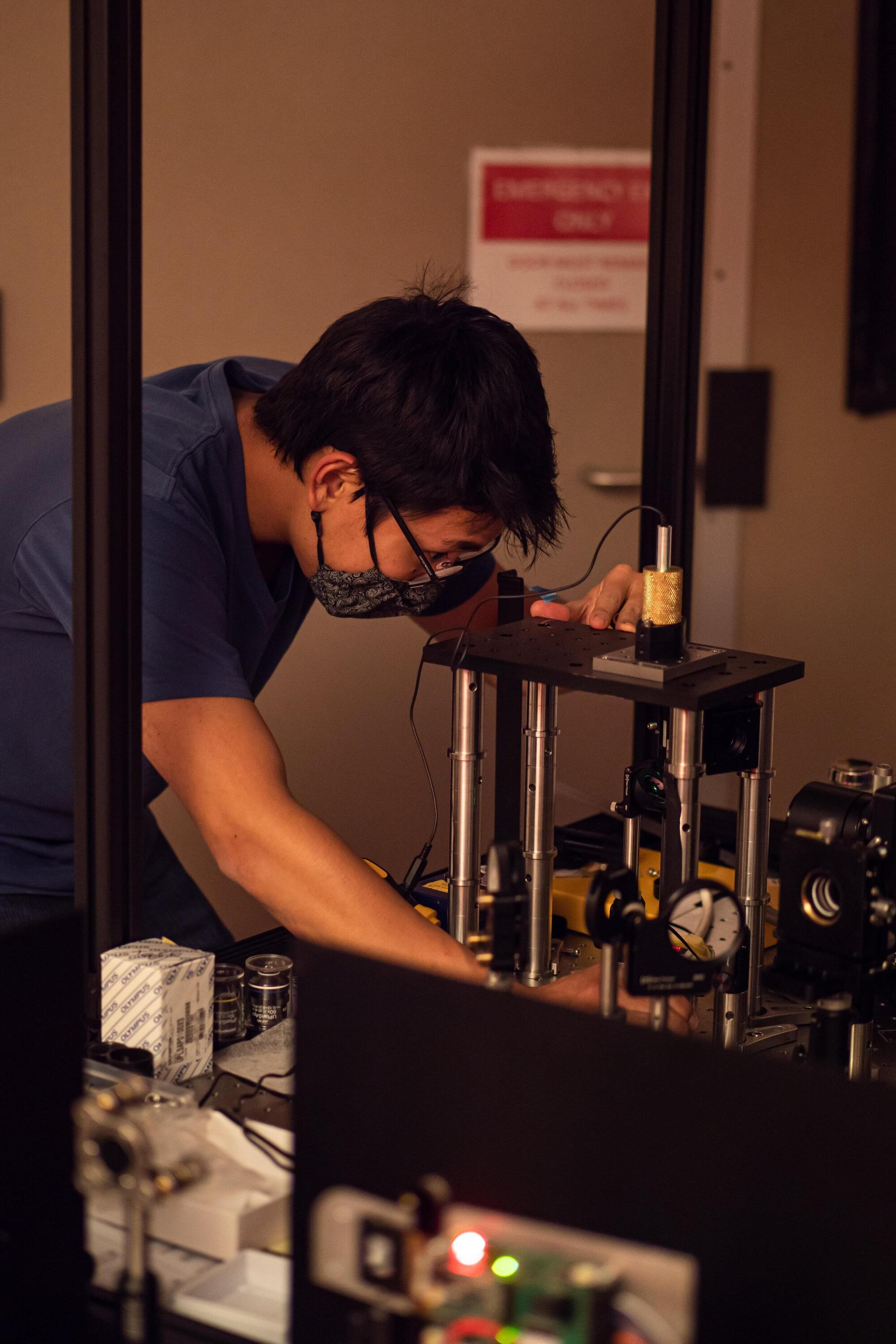
Researchers have developed a high-speed 3D imaging microscope that can capture detailed cell dynamics of an entire small whole organism at once. The ability to image 3D changes in real time over a large field of view could lead to new insights in developmental biology and neuroscience.
“Traditional microscopes are constrained by how quickly they can refocus or scan through different depths, which makes it difficult to capture fast, 3D biological processes without distortion or missing information,” said Eduardo Hirata Miyasaki, who performed the work while in Sara Abrahamsson’s lab at the University of California Santa Cruz (UCSC) and is now at the Chan Zuckerberg Biohub.
“Our new system extends the multifocus microscopy (MFM) technique Abrahamsson developed by using a 25-camera array to push the limits of speed and volumetric imaging. This leap in efficiency opens the door to studying small living systems in motion without disrupting them.”
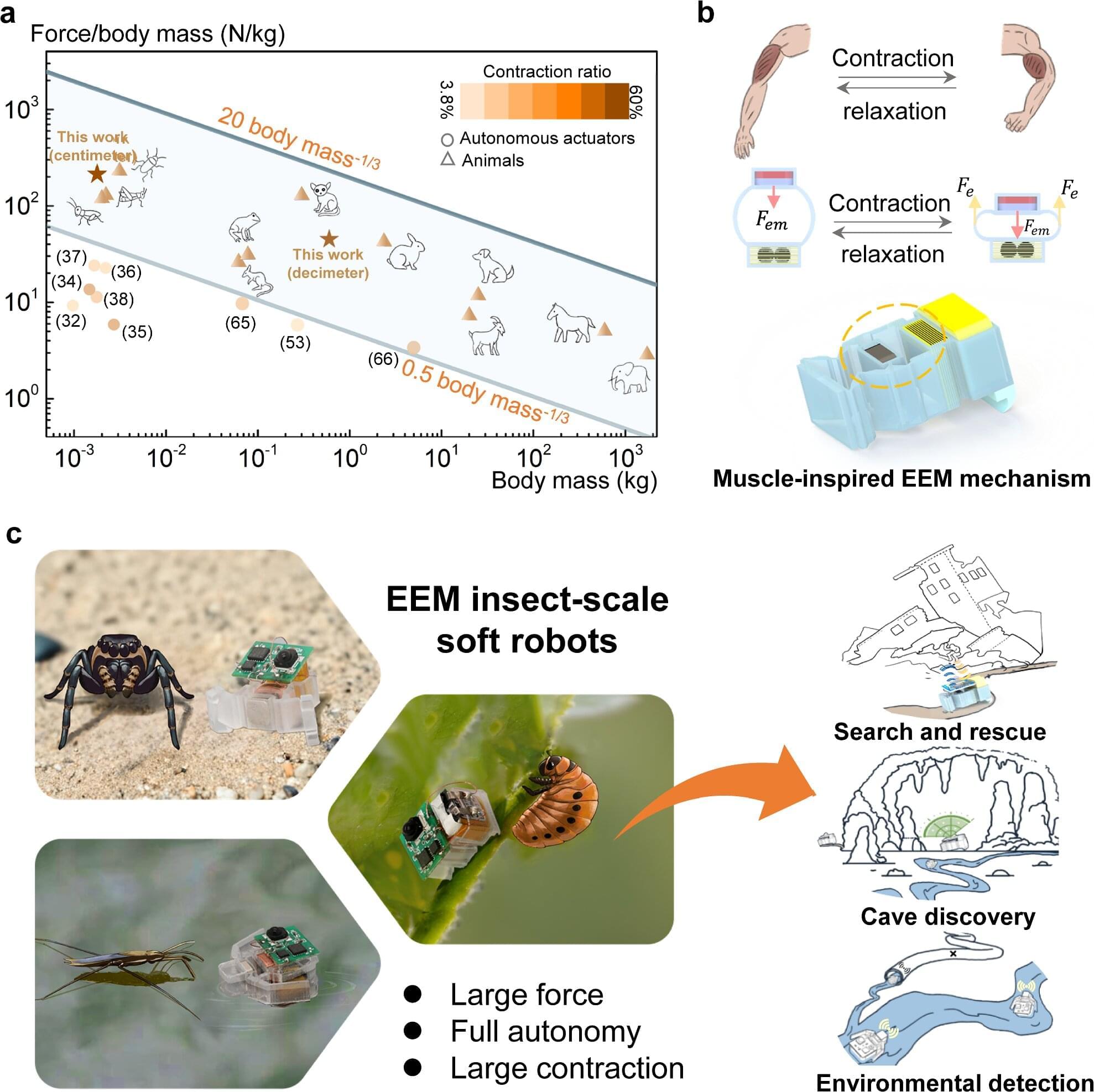
Science frequently draws inspiration from the natural world. After all, nature has had billions of years to perfect its systems and processes. Taking their cue from mollusk catch muscles, researchers have developed a low-voltage, muscle-like actuator that can help insect-scale soft robots to crawl, swim and jump autonomously in real-world settings. Their work solves a long-standing challenge in soft robotics: enabling tiny robots to move on their own without sacrificing power or precision.
Muscles are soft tissues that work by contracting and relaxing to cause movement. Insect muscles are particularly good at this because they are incredibly powerful for their small size. Similarly, actuators are devices that convert mechanical energy into motion.
However, when it comes to robotics, creating tiny, powerful actuators that move with the same agility, precision and resilience as a biological muscle has proved challenging. What’s more, the rigid motors in current robotic systems are difficult to scale down because they easily break.